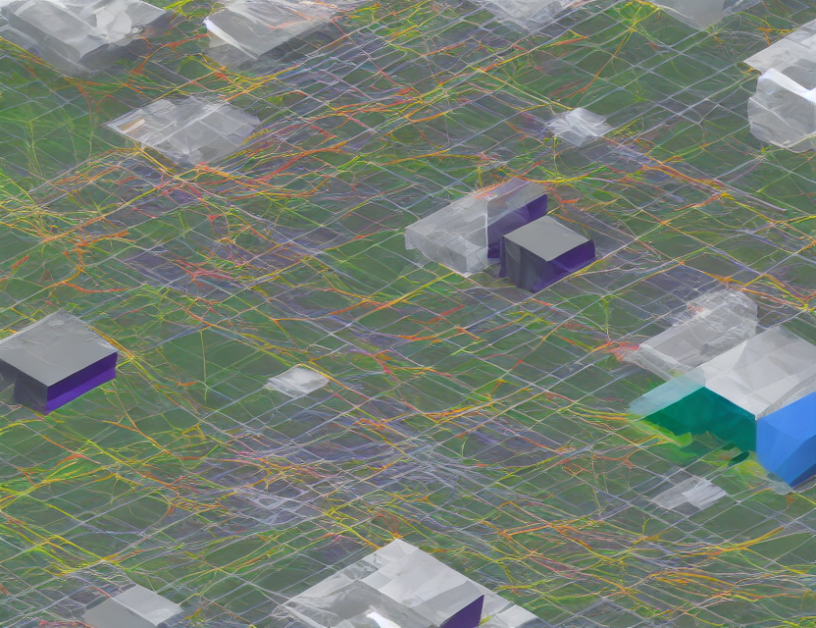In this article, we will delve into the fascinating world of reinforcement learning (RL), a subfield of machine learning that involves learning an agent’s policy to interact with a complex, uncertain environment. RL is like navigating a treacherous maze; the agent must learn to make decisions based on past experiences and feedback from the environment to achieve its goals.
Section 1: Defining Reinforcement Learning
RL is a trial-and-error learning process where an agent learns to take actions in an environment to maximize a cumulative reward signal. Think of it like a child learning to ride a bicycle – they must balance their movements and adjust their pace according to feedback from the environment (the ground) to achieve their goal (stability).
Section 2: The Markov Decision Process (MDP)
To model RL, we use the Markov decision process (MDP), which is a mathematical framework that captures the dynamics of an environment. MDPs consist of a set of states, actions, and rewards. Imagine you are on a game show; each state represents your current situation, and the actions you take determine how the game progresses. The reward is like the prize money you receive for winning the game.
Section 3: Value-based Methods
One popular approach to RL is value-based methods, which focus on learning the expected return or value of each state-action pair. Picture this as a menu with different dishes labeled with their estimated taste values. The agent chooses the dish with the highest estimated value to maximize its chances of receiving a high reward.
Section 4: Policy-based Methods
Another approach is policy-based methods, which directly learn the policy (i.e., the probability of taking each action in each state) that maps states to actions. Think of it like a game of rock-paper-scissors; the agent learns to make the optimal move based on the current state.
Section 5: Deep Reinforcement Learning
In recent years, there has been a surge of interest in combining RL with deep learning techniques, such as neural networks. This allows agents to learn complex policies and values functions that can handle large and high-dimensional environments. Imagine a neural network like a superpowered computer program that can process vast amounts of information to make intelligent decisions.
Conclusion
In conclusion, reinforcement learning is an exciting field of machine learning that enables agents to learn from their experiences and interact with complex environments. By using MDPs and different RL techniques, such as value-based or policy-based methods, we can create intelligent agents that can make optimal decisions in a wide range of applications, from robotics to recommendation systems. As RL continues to evolve, it will be fascinating to see how these concepts are applied to real-world problems and lead to innovative solutions.



